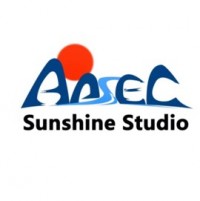Relationships between design parameters of see-through thin film photovoltaic facade and energy performance of office building in China cold zone
2018
会议
Applied Energy Symposium and Forum - Low-Carbon Cities and Urban Energy Systems (CUE)
See-through thin film photovoltaic is a substitute for traditional glass in building facade. Three design parameters of photovoltaic facade have the vast influence on the overall energy performance of building. They are orientation, visible light transmittance and comprehensive heat transfer coefficient. In this study, six photovoltaic facades were established by using two kinds of thin film photovoltaic materials with different transmittances, followed by conducting the simulations of ultimate energy consumptions, in five orientations, of the offices located in Tianjin city which belongs to China cold zone. Then, according to the energy consumption of the reference office, the energy-saving rates of offices with photovoltaic facades are calculated. Finally, the sensitivity of each design parameter to the energy-saving rate of buildings is analyzed. The results indicate that when building photovoltaic facade faces south, the highest energy-saving rate is up to 61.22%, and the lowest energy-saving rate is only 13.7% when the PVF looks east. The energy-saving rate of the room is most sensitive to the orientation, and the sensitivity of the three design parameters changes as the orientation changes. When the photovoltaic facade faces south, according to the sensitivity of the parameters from high to low, the order should be orientation, the comprehensive heat transfer coefficient and the visible light transmittance. Copyright (C) 2018 Elsevier Ltd. All rights reserved.
